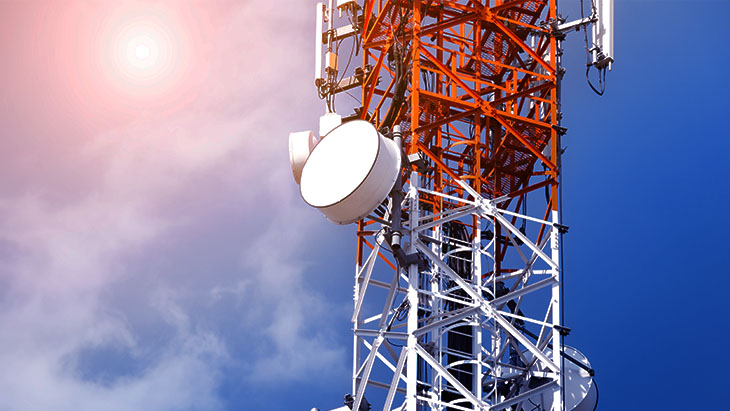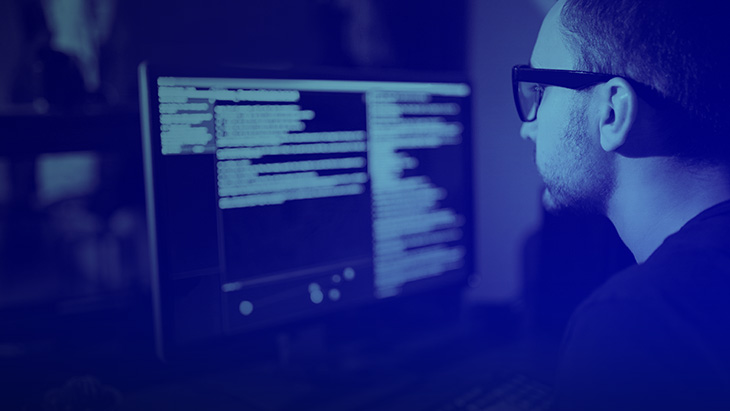
Privileged Access Management for Telecom and Cloud Service Providers
With the massive digitalization of the business world, the concepts of data, IT infrastructure and cybersecurity have become even more important for companies operating in different industries. In particular, data security is crucial for telecom operators and Cloud Service Providers (CSPs), who place these concepts at the center of their workflows and carry out almost all of their activity through data.
Telecom operators and Cloud Service Providers (CSPs) tend to maintain and process huge data stacks because they have large-scale operations. This trend, coupled with hyper-modern systems and the hyper-network reality of the globalizing world economy, pushes relevant organizations to make serious efforts to maintain the balance with independent access management and data security.
Considering all cyber risks, it is plain to see how important it is for telecom operators and cloud service providers to maintain high levels of access security to protect critical data. Indeed, the increasing impact of the Internet of Things (IoT) on the online environment is also increasing the number/frequency of cyber threats.
Cybersecurity Challenges of Telecom Operators
There are primarily three cybersecurity challenges experienced by telecom operators. All three represent aspects of security which companies' IT teams have been working on for decades with no conclusive solution due to the constantly evolving nature of data.
- Scalability and reliability: Telecom operators' own security problems can slow down growth. It is extremely important to have a scalable and reliable IT infrastructure in this industry where service and market-delivery time is crucial.
- Mobility and integrations: Mobile connectivity and the integrations required can leave telecom operators' cybersecurity systems vulnerable.
- Mergers and acquisitions: Along with older systems, Telecom operators are using new systems that make it easier for them to keep up with the digital age. Because this hybrid structure requires managing different systems, it can be difficult to handle complex aspects of data security and tighten the screw on unauthorized access.
In addition, Internet of Things (IoT), Third Party Risk, and Insider Threats are among the cybersecurity challenges faced by telecom operators. With the rapid increase in the number of devices connected to IoT networks, new ports keep getting added to the networks of telecom operators. This complicates the prevention of unauthorized access, increasing the risk of further cyber attacks. That is precisely why preventing unauthorized access is of great importance for organizations to build high-end cybersecurity networks.
On the other hand, the fact that very few employees in the telecommunications sector have cybersecurity training is one of the biggest challenges for telecom operators. Data breaches resulting from intentional/unintentional acts of employees can significantly disrupt telecom operators' workflows. In addition, the disclosure of privileged account credentials caused by internal threats can leave companies facing serious financial losses.
Third-party risk is another component that threatens the cybersecurity infrastructures of telecom operators. This risk group, consisting of third party stakeholders such as email providers, vendors, partners, service providers and law firms, creates an ideal backdoor for cyber attackers. Failure to take the necessary data security measures at this point can cause significant problems.
According to the Telecom Security Incidents 2020 report prepared by ENISA, 50% of user hours lost are caused by data breaches, while 41% of system failures are attributable to user errors. The same report said 841 million user hours had been lost due to breaches, with 26% of recorded data breach incidents being caused by human error.
Cybersecurity Challenges Faced by Cloud Service Providers
Cloud services are exposed to cybersecurity risks by nature. There are basically two cybersecurity challenges experienced by cloud service providers, making them vulnerable to cyberthreats:
- Compliance with legislation: Cloud service providers must comply with their personal data regulations in the regions they operate. Failure to comply with these regulations entails serious legal and financial sanctions.
- Multiple tenancy: Even if cloud service providers can keep their data safe, they are quite likely to experience challenges with clients who don't have the same cybersecurity standards. To avoid this, it is useful to emphasize that all clients on the server must be isolated from each other and from the overall structure of the servers.
The ineffectiveness of tools to provide network visibility in cloud servers is another of the cybersecurity challenges faced by cloud service providers. The failure of traditional tools to provide network visibility in a cloud environment can make it difficult for organizations to control their cloud-based resources and take appropriate cybersecurity measures.
The fact that cloud-based IT infrastructures are outside the network environment makes unauthorized access easier. The ease of unauthorized access also opens the way for cyber attackers to dodge security measures and access data using compromised privileged credentials. The capture of data as a result of phishing attacks is also among the challenges faced by cloud service providers. The widespread use of cloud-based email and file sharing apps also makes it easier for cyber attackers to access critical data. To avoid such problems, it is necessary to create a comprehensive cybersecurity infrastructure.
A Way to Eliminate Challenges and Risks: Privileged Access Management
Privileged Access Management applications are used to eliminate cybersecurity risks by telecom operators and cloud service providers. Privileged Access Management (PAM) solutions allow you to approach all users like privileged users. PAM systems, which enable verification of all authorized sessions across the network, offer a range of cybersecurity features thanks to the modules they include.
PAM solutions that incorporate a central password system require simultaneous location and time validation when privileged access permission is requested. In addition, PAM reduces service downtime by automating routine tasks on the network, while isolating privileged users' passwords and helping to create an advanced cybersecurity network. The Zero Trust principle lies at the heart of PAM applications, enabling telecom operators and cloud service providers to provide end-to-end data and access security.
The Zero Trust principle entails that the accounts to be granted privileged access are not trusted and the 24/7 monitoring of privileged account access. Built in light of the Zero Trust principle, PAM solutions play an important role in limiting unauthorized access, while also helping telecom operators and cloud service providers to manage internal threats.
Our PAM solution, Single Connect, helps organizations to ensure data and access security. Recognized in the Omdia Universe: Selecting a PAM Solution 2021-22 report thanks to its advanced features, Single Connect stands out as one of the best Privileged Access Management products available globally.
You can make your organization safer with advanced cybersecurity using our Single Connect solution, designed to prevent critical data from being captured. Contact us to find out more about Single Connect, an intelligent software solution that provides end-to-end data and access security.
Other Blogs

Meet the Krontech Team at Cloud&Cyber Security Expo Asia 16-17 May, in Hong Kong












